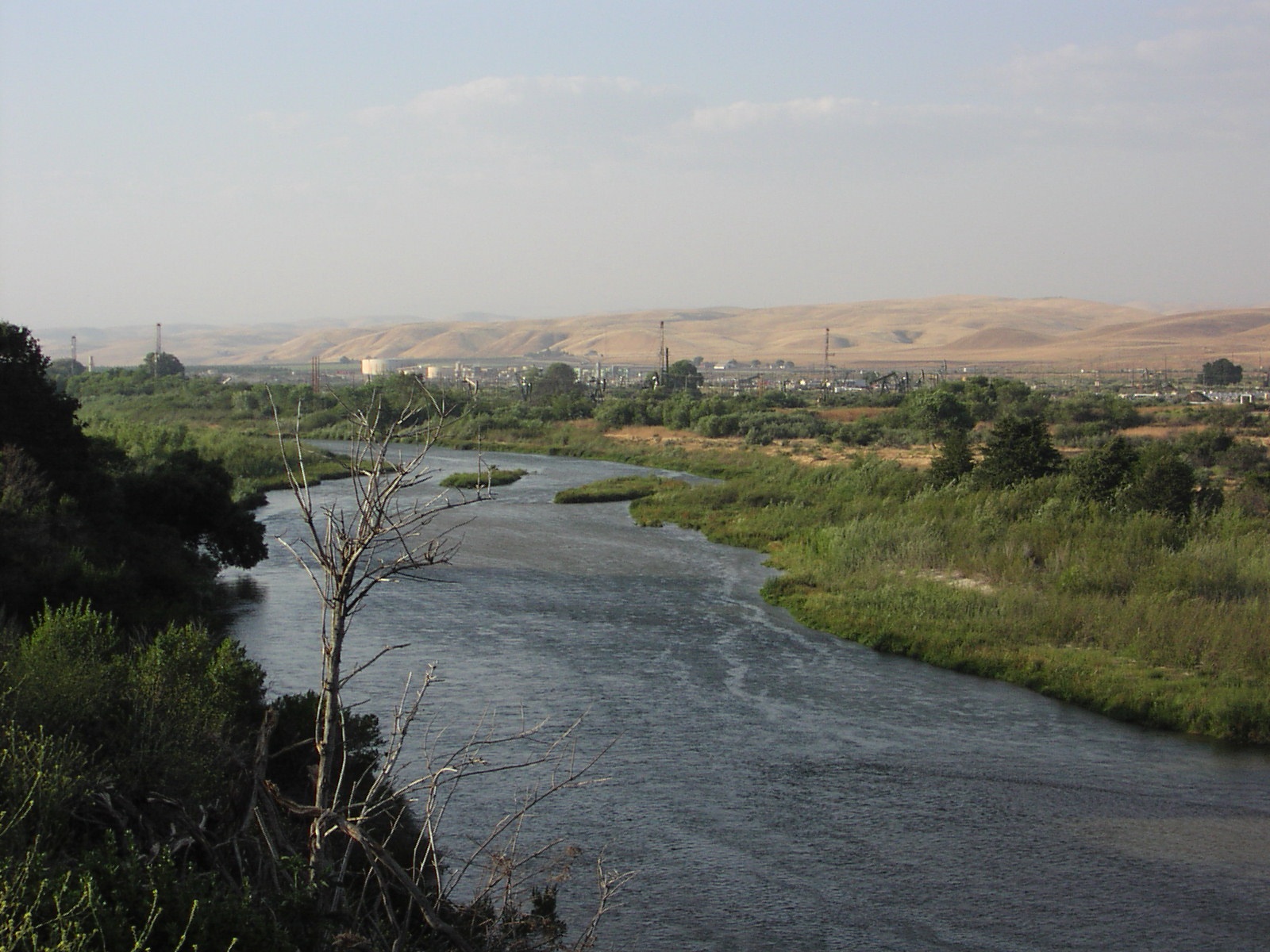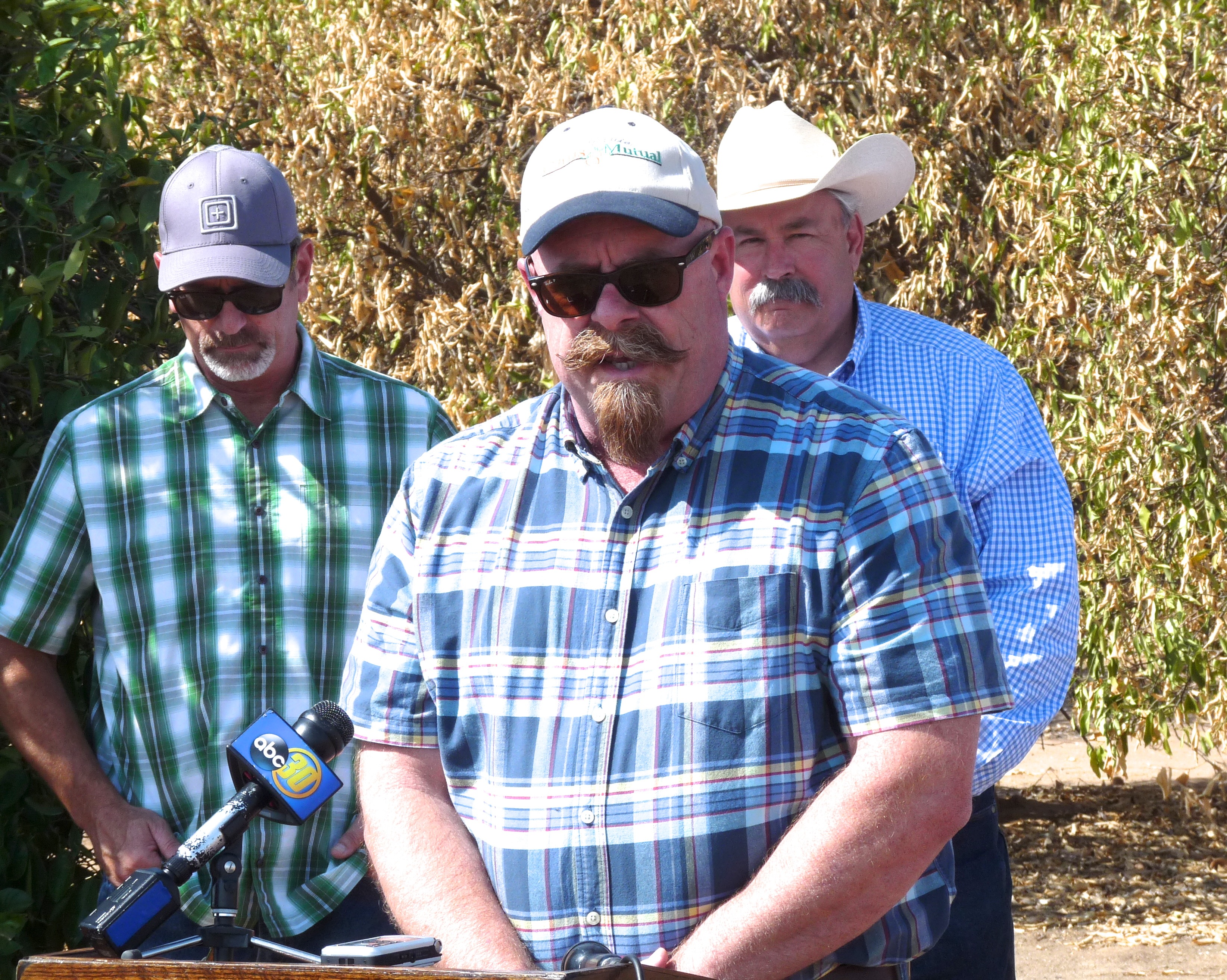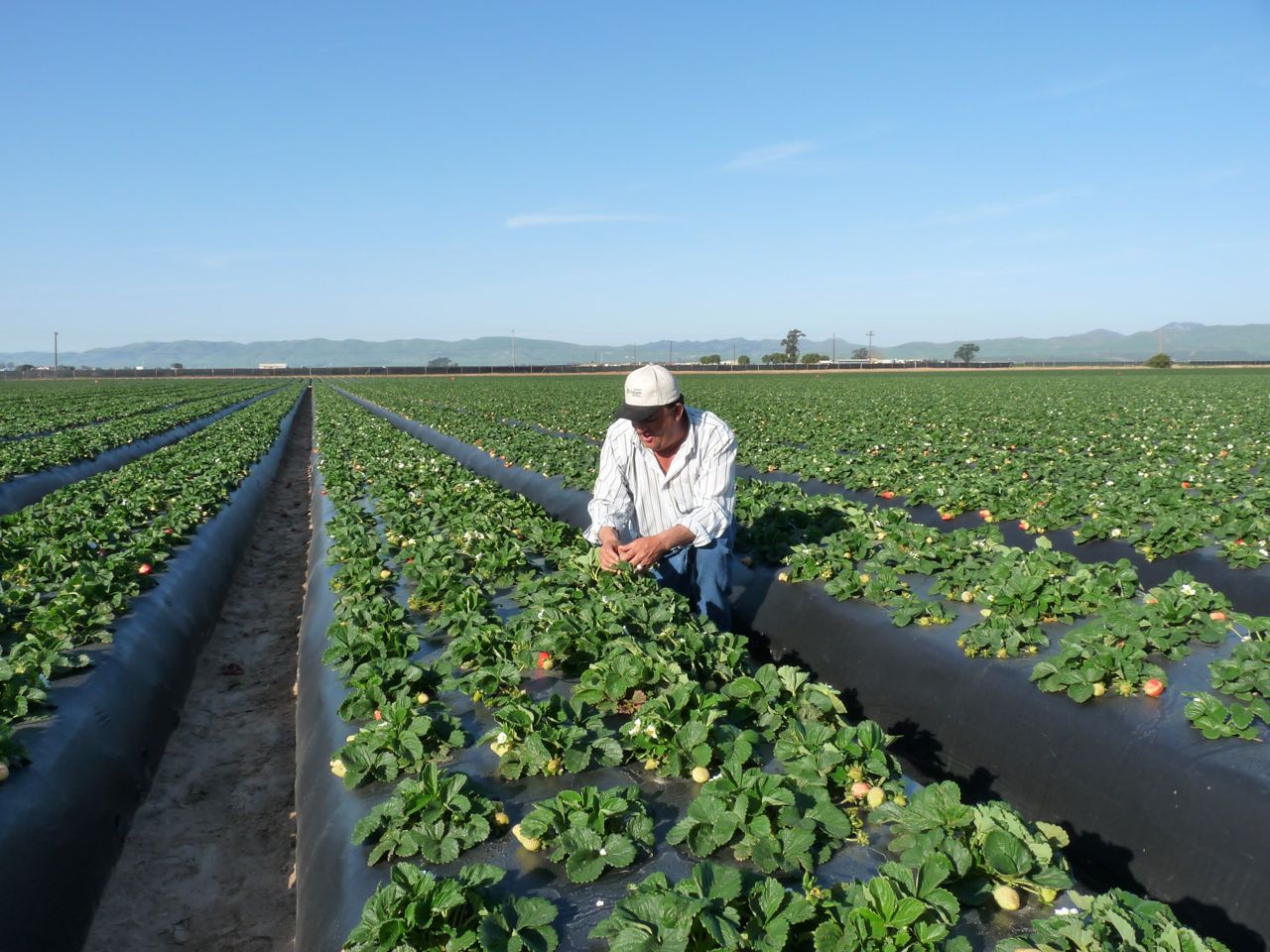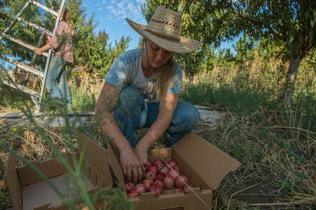Voters to decide fate of water bond this November
Source: Kate Campbell; Ag Alert
Finding agreement on the $7.5 billion water bond measure headed to the November ballot wasn’t easy—it involved years of hard work by many stakeholders, including the California Farm Bureau Federation—but participants in the discussion said it’s a key step in addressing the critical need to upgrade the state’s broken water system.
“The severe water shortages we’re currently experiencing result from 30 years of neglecting our water-storage system,” CFBF President Paul Wenger said. “That neglect is magnified by the drought, and it’s time to reverse that pattern of neglect. Placing this water bond on the November ballot gives Californians a chance to provide more water for our cities, for food production and for the environment.”
CFBF Administrator Rich Matteis said passage of the water bond bill last week marked the end of more than five years of sustained effort.
“Farm Bureau has been involved in this issue since the beginning, working for a bond that would maximize the investment in new water storage for California,” Matteis said. “But as much as the passage of the bond bill marked the end of that process, it also signaled the beginning of a campaign to show Californians the essential need to invest in our state’s water system.”
Matteis noted that the water bond will come before voters in less than 11 weeks, meaning that supporters of new water investment will need to move quickly to solidify support for the measure.
“Farm Bureau members are uniquely positioned to work at the grassroots level to educate and build public awareness for much-needed water improvements,” Matteis said. “Every Californian has a stake in the voter outcome in November, but none more than farmers and ranchers who depend on adequate, reliable water supplies.”
The revised bond measure includes $2.7 billion for water storage projects and that money will be continuously appropriated, Matteis noted, meaning that future Legislatures will not be able to redirect it to other uses.
“This bond represents the state’s largest investment in water storage in more than 30 years,” Wenger said, “and it couldn’t come at a more critical time.”
The current drought has shown that California has lived too long with an outdated water-storage system, he said.
“We need to update that system to match changing weather patterns, in which more precipitation will fall as rain rather than as snow,” Wenger said. “Additional surface storage can capture those strong storm surges when they come, reduce flooding and bank that water for later dry times.”
In addition to new surface and groundwater storage projects, proceeds from the sale of bonds—if approved by voters—would be used for regional water reliability, sustainable groundwater management and cleanup, water recycling, water conservation, watershed protection and safe drinking water, particularly for disadvantaged communities.
Association of California Water Agencies Executive Director Tim Quinn called the revised water bond the “right size at the right time for California.”
Noting the bond includes $100 million that can be used by local agencies for groundwater plans and projects, the Kern County Water Agency commended those who negotiated the final version of the measure. The water bond also includes new funding for a variety of local water programs through integrated regional water management plans, or IRWMPs. Specifically, the bond measure would allocate $34 million to IRWMPs in the Tulare/Kern watershed.
The California Water Alliance, whose members include Central Valley farmers and agricultural businesses, applauded the bond’s placement on the November ballot.
“Most importantly, it recognizes that Californians statewide, from all walks of life, cannot afford to carry the burden of a dysfunctional water system that has been exacerbated by the worst drought in California history,” said Aubrey Bettencourt, executive director of the alliance.
The drought, she said, has resulted in dramatic levels of unemployment, higher food prices, increased utility costs, water rationing and severe losses for California farms, many of which have had to fallow thousands of acres.
“This bond provides the means to begin upgrading California’s water system for the 21st century, including new storage facilities and clean water projects for underprivileged communities,” Bettencourt said.












